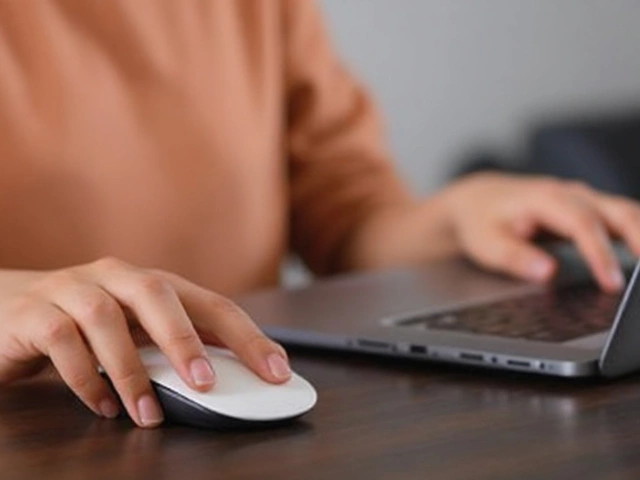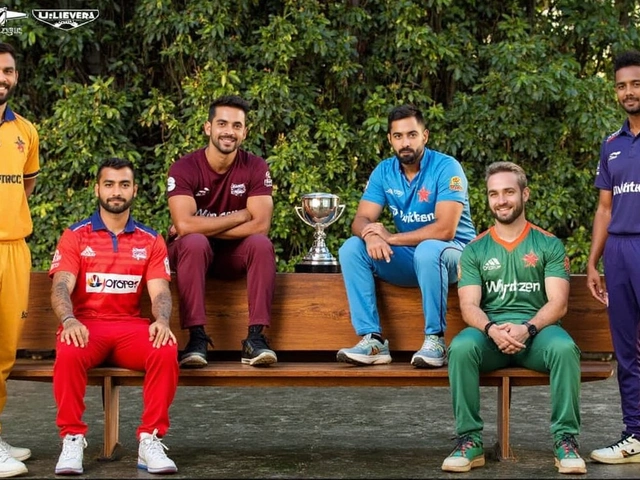Contact Tracing: What It Is and Why It Matters
Ever wonder how health officials can say, “We found the source of the outbreak”? That’s contact tracing in action. In plain words, it’s the process of finding people who have been near someone who tested positive for an illness, so they can act fast before the disease spreads further.
Think of it like a detective story. When a case pops up, the detective asks who was around the suspect, figures out where they went, and stops the crime from happening again. In health, the "suspect" is the infected person, and the "crime" is the virus or bacteria moving through the community.
How Contact Tracing Works
First, a person tests positive. Then a trained tracer—either a human or an app—reaches out to learn where that person has been the past few days. They ask about close contacts: family members, coworkers, anyone within about six feet for at least 15 minutes. Once identified, those contacts get a call, an email, or a notification.
The next step is simple but powerful: the contact is asked to quarantine, get tested, and watch for symptoms. If they follow the advice, the chain of transmission breaks, and the outbreak slows down. This whole loop can happen in a matter of days, which is crucial because many viruses spread quickly.
Technology has made this faster. Many places use smartphone apps that exchange anonymous IDs via Bluetooth. When someone reports a positive test, the system automatically alerts anyone who was near them, without revealing identities. This protects privacy while still spreading the warning.
Tips for Getting Involved and Staying Safe
If you’re asked to be part of a contact tracing effort, here’s what you can do:
- Answer promptly. The quicker you respond, the sooner you can protect yourself and others.
- Follow quarantine guidelines. Stay at home, avoid contact with vulnerable people, and keep a symptom diary.
- Get tested. Even if you feel fine, a test helps confirm whether you’ve caught the virus.
- Use the app. If your region offers an exposure‑notification app, download it. It’s low‑effort and can give you a heads‑up before you notice any symptoms.
- Share accurate info. When a tracer calls, be honest about where you’ve been. This isn’t about blame; it’s about stopping spread.
Even if you’re not directly contacted, you can support the system by keeping a personal log of places you visit and people you meet. That makes it easier to recall details if you ever need to be traced.
Privacy concerns are common, and they’re valid. Most programs store data securely and delete it after a set period—usually 21 days, which matches the typical incubation window. If you’re unsure, ask the health authority how they handle information before you share details.
Contact tracing isn’t a silver bullet, but it’s a proven tool. During the COVID‑19 pandemic, regions that used aggressive tracing saw lower case numbers and shorter lockdowns. The same principle works for flu, measles, or any contagious disease.
Bottom line: contact tracing is a community effort. When you cooperate, you protect your friends, family, and coworkers. The next time a health alert shows up on your phone, remember it’s not a scare tactic—it’s a chance to step in early and keep everyone safer.
Uttar Pradesh: No slowing of infection, Jhansi sees fresh uptick?
Uttar Pradesh, India's most populous state, is facing a fresh uptick in coronavirus infections, with the district of Jhansi seeing a worrying surge. Health authorities have cited several reasons for the increase, including a lack of social distancing and a reluctance to wear face masks. The government has responded with an aggressive testing and contact tracing campaign, but the virus continues to spread.





